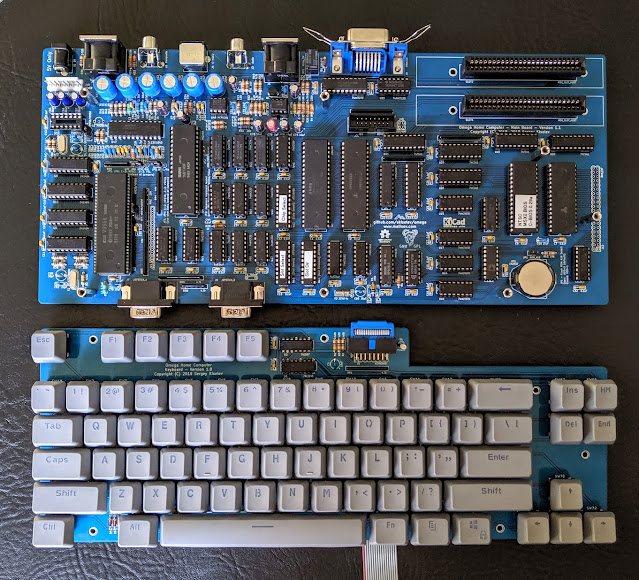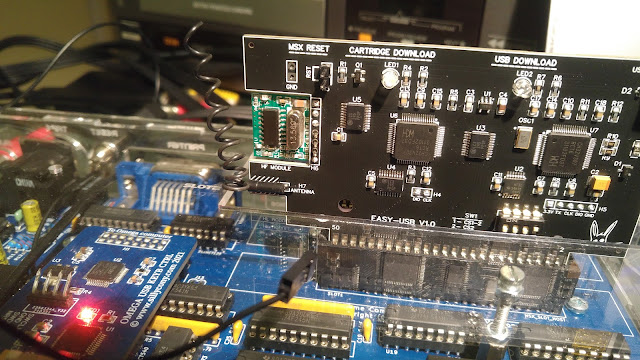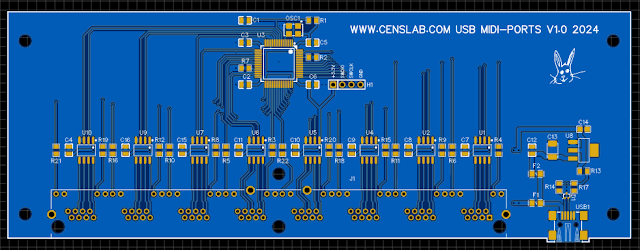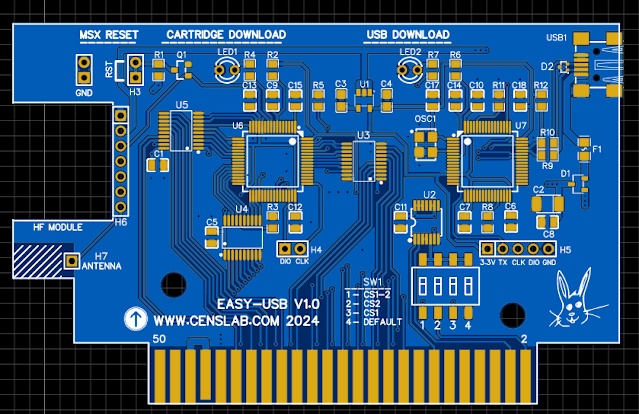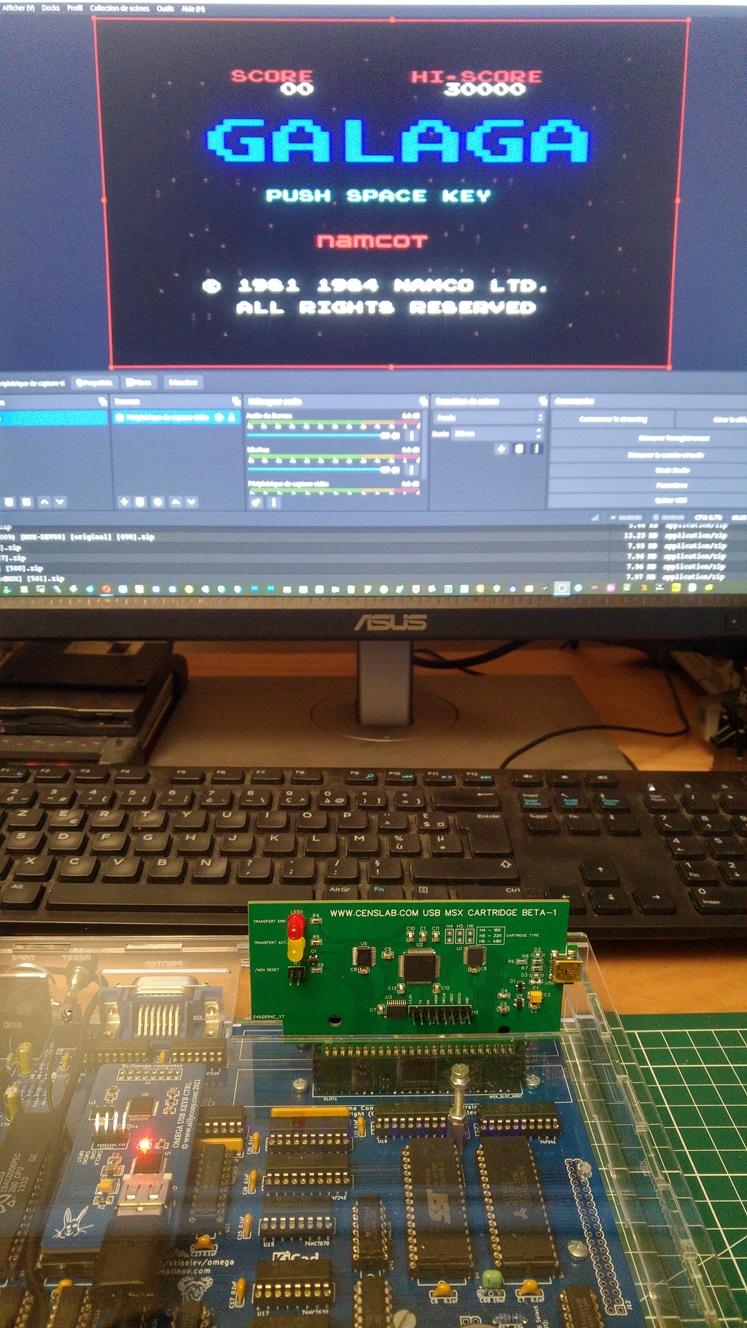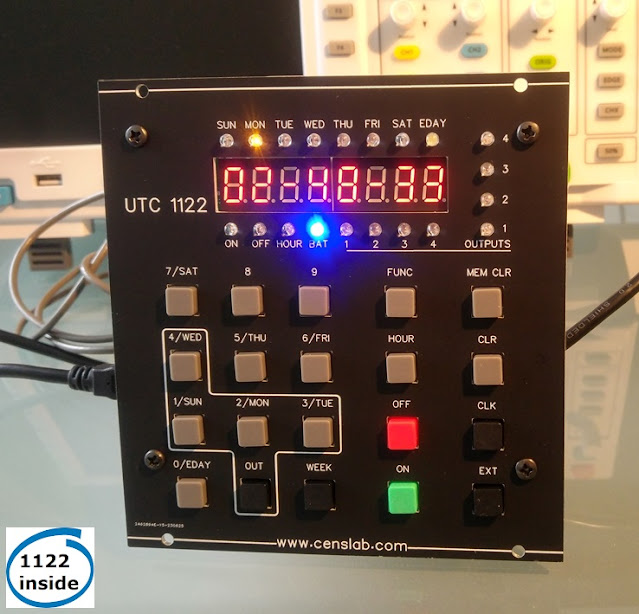J'MSX : for the fun!

The weekend of June 23-24, 2024 took place in Paris, the meeting around the MSX standard: the opportunity to meet around standard MSX and to compare our achievements with those of others. I was also able to carry out some tests of my USB cartridge and found that it works well, except on the Panasonic FS-A1. The 48K cartridges seem not to want to launch after loading, although it works very well on my Omega and other machines. So, I looked a little closer at this FS-A1 and noticed that its bios has some particularities which encourage some owners to replace it with a 'minimal' version. I will investigate this aspect, knowing that the cartridges which did not start on the Panasonic, work without problem on my Omega, without having touched it in the slightest, that is to say with the cartridge loaded with the ROM which did not start on the Panasonic! Mr. Kazuhico Nishi was present at this MSX day. For those who don't know Mr. Nishi, he is the person who created the MSX stand
